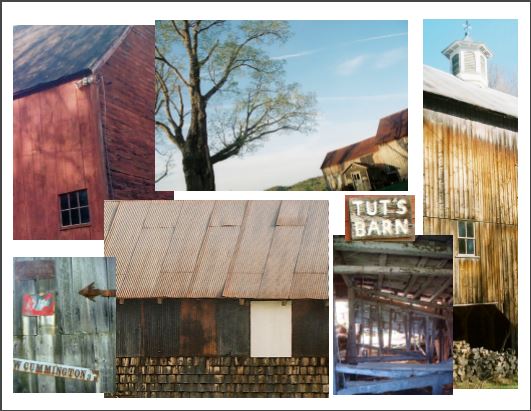
Plainfield Demolition By-Law
The Plainfield Historical Commission is proposing a Demolition Bylaw to be voted on at this year’s Town Meeting. Over the last few years our Town has lost, or is threatened to lose, some of our most historically significant buildings. The purpose of this bylaw is to preserve and protect significant buildings, streetscapes, and neighborhoods within the Town of Plainfield which constitute or reflect distinctive features of the architectural, cultural, economic, political or social history of the town and to limit the detrimental effect of demolition on the character of the town. Through this bylaw, owners of preferably preserved buildings are encouraged to seek out alternative options that will preserve, rehabilitate, or restore such buildings and residents of the town are alerted to impending demolitions of significant buildings. By preserving and protecting significant buildings, streetscapes, and neighborhoods, this bylaw promotes the public welfare by making the town a more attractive and desirable place in which to live and work. Through the local democratic process many cities and towns have enacted a Demolition Delay Bylaw (DDB). First established in Cambridge in 1979, there are now over 150 communities in MA that have enacted this preservation tool. Established by a 2/3 vote at our Town Meeting, the DDB would offer an opportunity to save an imminently threatened historic building from loss. During the delay period, the building owner, community and local Historical Commission explore opportunities to preserve or move the threatened building. While the DDB cannot delay demolition indefinitely, the window of opportunity to delay the demolition of a significant building often has a positive outcome. There are many success stories in Massachusetts with buildings that have been rehabbed or moved, remaining a viable and vibrant part of the community. The proposed DDB or Affirmative Maintenance Bylaw for Plainfield would be applied to any structure 75 years or older, with the delay period lasting 12 months.
Steps of the Demolition Delay Bylaw:
1. The Property owner requests a demo permit and submits the application to the Building Inspector.
2. The Building Inspector determines if it is subject to the DDB and forwards it to the Plainfield Historical Commission (PHC).
3. Upon inspection, the PHC determines if the building is historically significant. If it is, the Building Inspector is notified that the demolition cannot proceed.
4. The PHC then schedules a public hearing. The PHC will listen to the applicant and anyone in attendance who wishes to voice their opinion, concerns and/or recommendations regarding whether the delay should or should not be invoked.
5. Following the meeting, the PHC will vote to proceed or not proceed.
6. If “not proceed,” the Building Inspector is informed that the demo can go forward. If the property is to be preserved, the delay period of 12 months is imposed.
7. During the delay period efforts are made to preserve or move the structure.
8. If not successful, the owner can demolish the structure after the delay period ends.
If you have any questions on this proposed by-law please contact Dario Coletta, Chair, Plainfield Historical Commission.(413) 634-5445